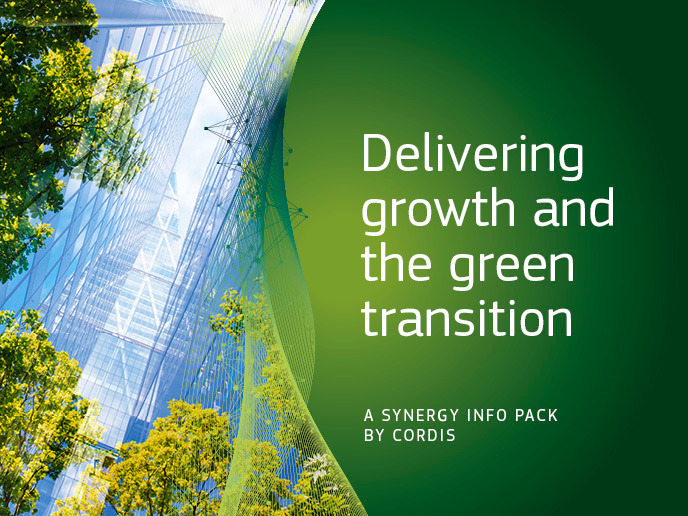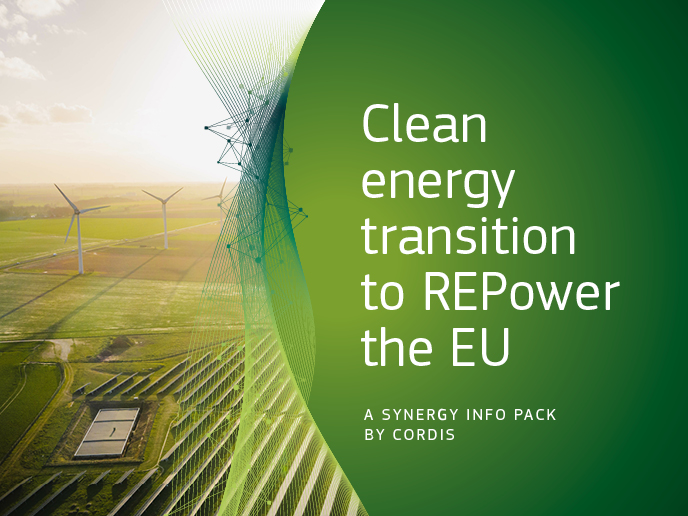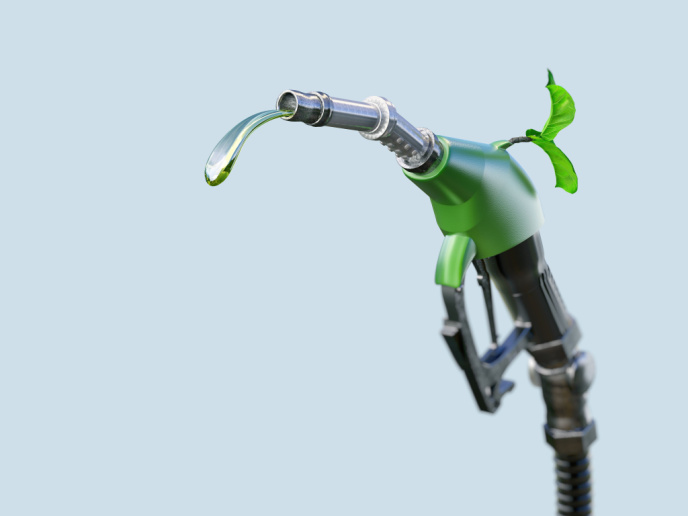Microbes use greenhouse gases to produce biofuels
Increasing atmospheric carbon dioxide (CO2) levels, the rising price of crude oil and the diminishing supply of fossil fuels pose great challenges to global sustainability. There is a need for new GHG mitigation technologies and bio-based renewable energy sources. One solution would be to exploit microbial electrosynthesis (MES), in which microbes interact with electrodes to produce biofuels. The EU-funded ESBCO2 (Electrosynthesis of biofuels from gaseous carbon dioxide catalyzed by microbes: A novel approach/quest of microbe-electrode interactions) initiative set out to develop a cost-effective alternative to current fuel production by using the GHG CO2 as a feedstock. The researchers aimed to better understand microbe-electrode interactions in the production of biofuels using MES. ESBCO2 started by bringing together interdisciplinary expertise in the fields of bioenergy and electron exchange. The researchers gained a better understanding of the mechanisms involved in electron transfer in these systems. They then studied the practical applications of electron exchange in fuel production in a MES system. The researchers found that the Geobacter sulfurreducens microorganism is able to grow by producing its own food source. This result allowed them to develop films capable of sustaining electrical currents by feeding the cell with hydrogen. ESBCO2 was able to make G. sulfurreducens accept electrons from carbon electrodes for the very first time. This finding tells researchers that this bacterium can be used in a sustained cathode biofilm with higher turnover rates. This paves the way for researchers to develop more practical applications for G. sulferreducens in MES systems.







